Phone pricing is getting out of hand in India
Local manufacturing was meant to make phones more affordable, but that just hasn't materialized.
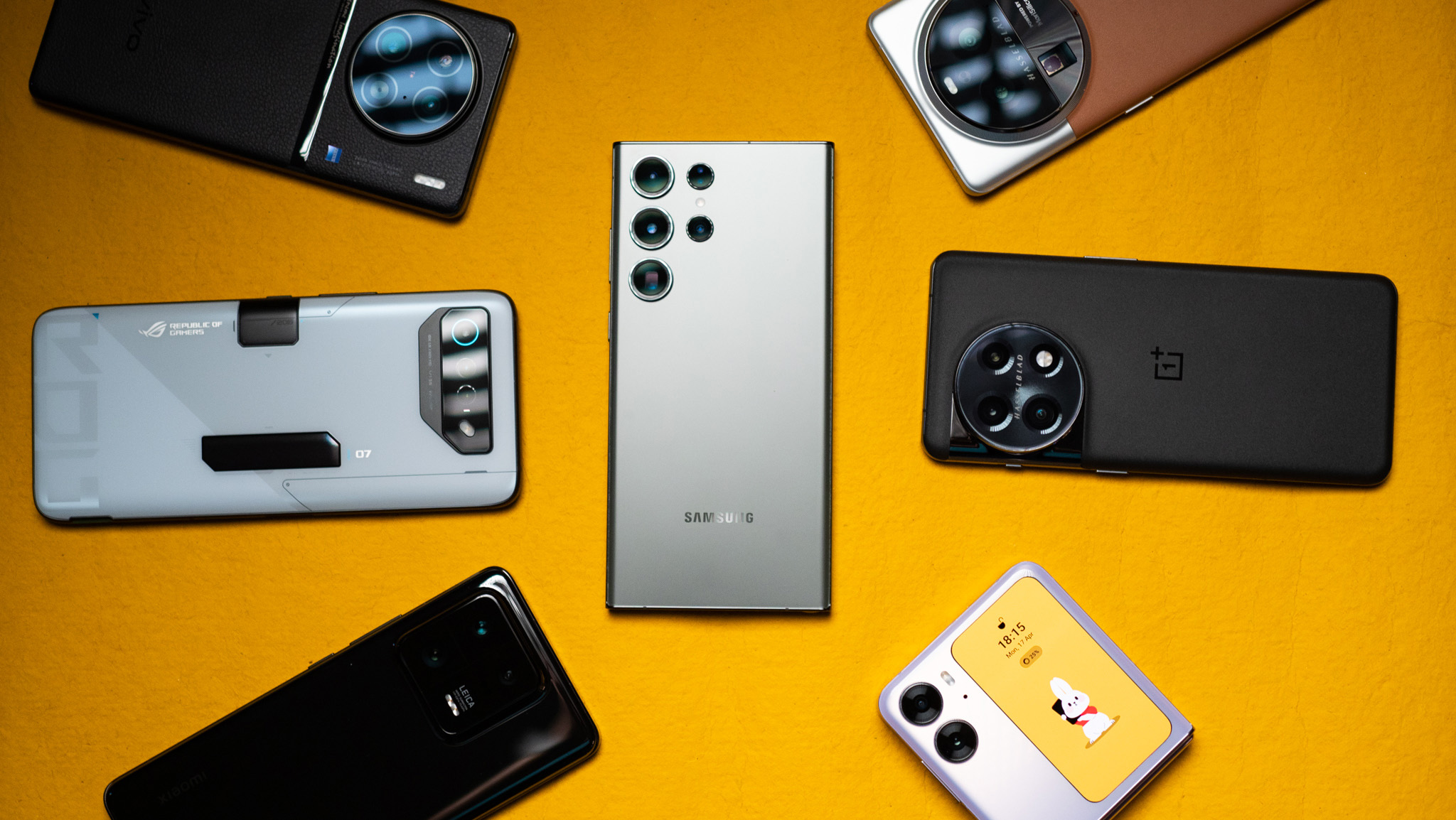
I know what you're thinking — phone pricing is getting ridiculous everywhere, so why should India be any different? That's a valid point; I remember covering the Galaxy S9 launch back in 2018 and thinking $719 was a lot for a flagship. These days, that's what you end up paying for a value-focused flagship like the OnePlus 11 and Nothing Phone (2), and you'll need to shell out at least a $1,000 if you want to get your hands on a true flagship that has all the extras.

In Hardwired, AC Senior Editor Harish Jonnalagadda delves into all things relating to hardware, services, and the broader tech ecosystem.
If you're in India, you'll need to pay a lot more. The Galaxy S23 starts off at an innocuous ₹74,999 ($900), but things start escalating if you want to buy the Galaxy S23+, which costs ₹94,999 ($1,140) — a hike of ₹10,000 ($120) from last year. And the S23 Ultra is available for ₹1,24,999 ($1,500), an increase of ₹15,000 ($180) from its predecessor.
Then there's the iPhone. The iPhone 15 starts off at ₹79,900 ($958) — the same as last year — and the iPhone 15 Plus is ₹89,900 ($1,078). It's the Pro models that are the problem; the iPhone 15 Pro starts at ₹1,34,900 ($1,619), and the 256GB iPhone 15 Pro Max is an obscene ₹1,59,900 ($1,919) — that's more than what you pay for the Galaxy Z Fold 5 in India.
Basically, flagships got much more costly in India over the last two years, and that's puzzling. The Indian government instituted a local manufacturing policy where it basically bullied brands into partnering with local factories to assemble their devices, or pay hefty duties.
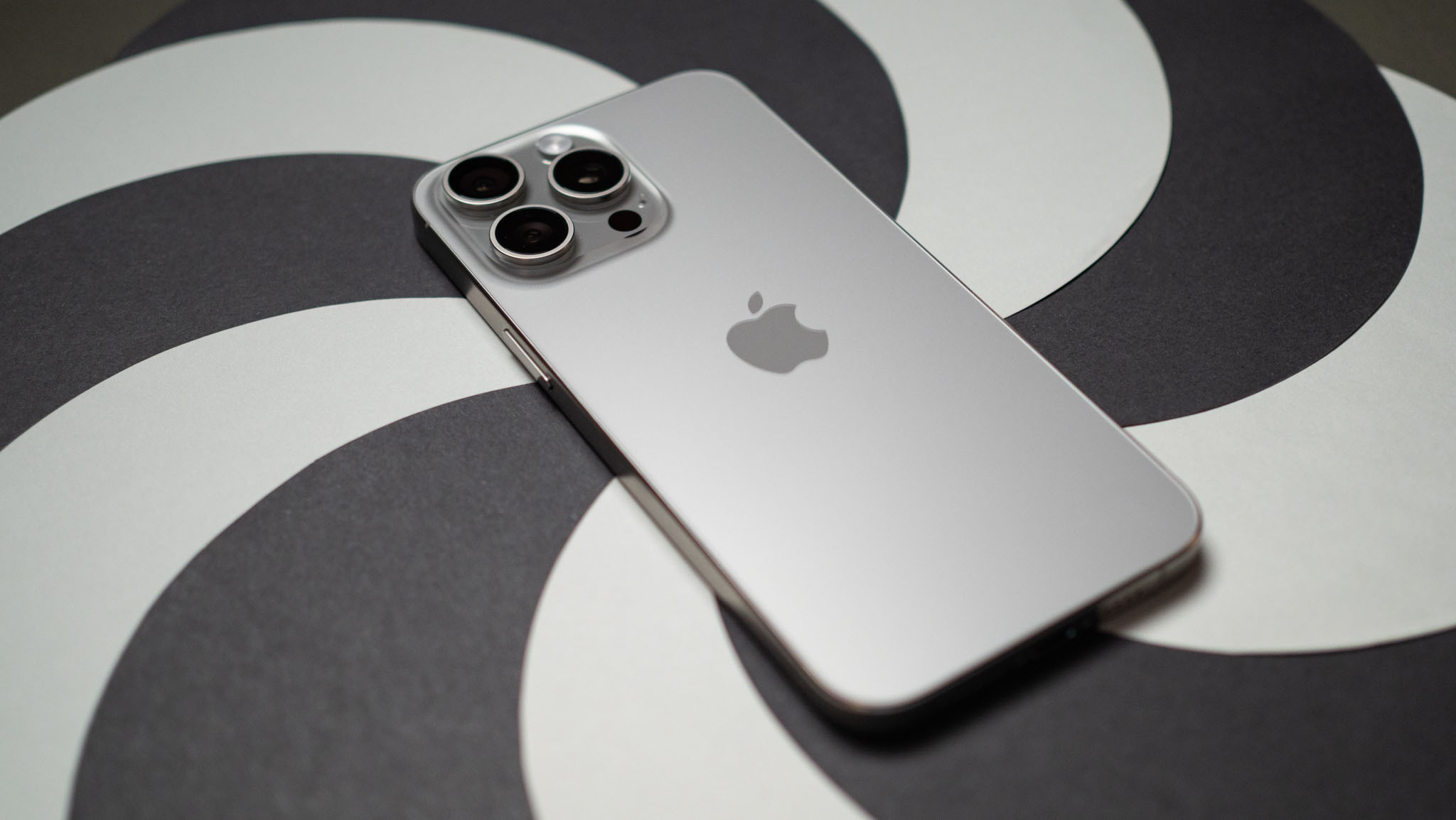
As a result, most brands established local manufacturing facilities; Samsung set up the world's largest phone plant back in 2018, and the likes of Foxconn and Wistron started making iPhones for Apple in the country, including the iPhone 15 models.
In my naivete, I thought this move would lead to falling phone prices — but that just hasn't materialized. Even though the best phones sold in India are now assembled locally, they still cost the same (or in some cases, more) than they would have if the brands imported devices into the country. And before you point out that this is just an iPhone problem, I'd like to divert your attention to the Pixel 8 series in India.
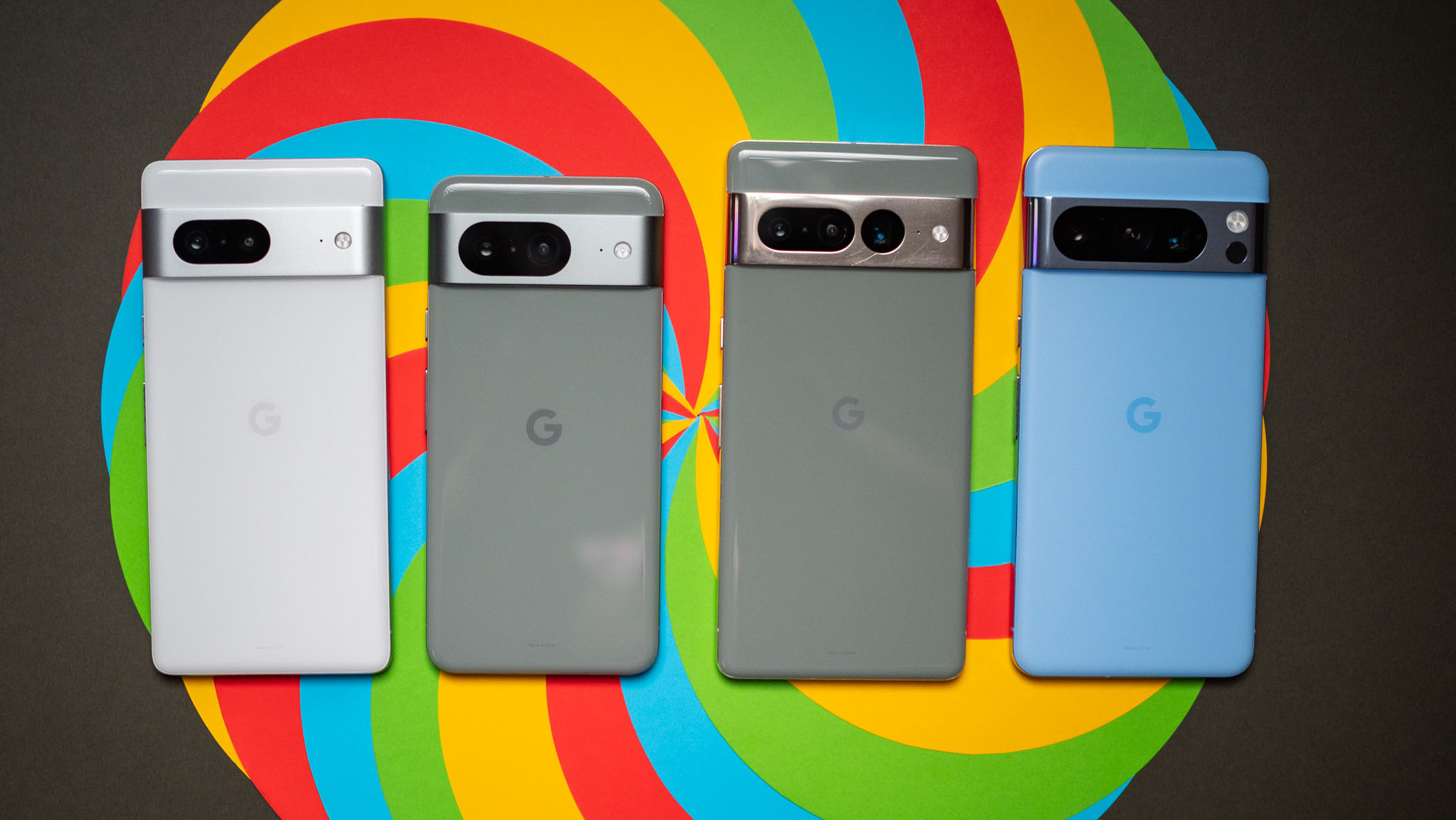
The Pixel 8 is available for ₹75,999 ($912) in the country, ₹16,000 ($192) more than its predecessor, and the Pixel 8 Pro debuted at ₹1,06,999 ($1,285), ₹22,000 ($264) more than last year's Pixel 7 Pro. Now, Google has an excuse. It still imports devices sold in the country, so it has to pay higher duties to bring those phones in, so those costs are then passed on to the customer. Google says it is partnering with local factories and will start assembling Pixel devices locally in the country, that is bound to take a while to set up.
Be an expert in 5 minutes
Get the latest news from Android Central, your trusted companion in the world of Android
Does that mean that next year's Pixel 9 series will be more affordable if it's made in India? Of course not! The thought runs counter to the fundamental idea of capitalism, and Google will obviously charge more for its 2024 flagship.
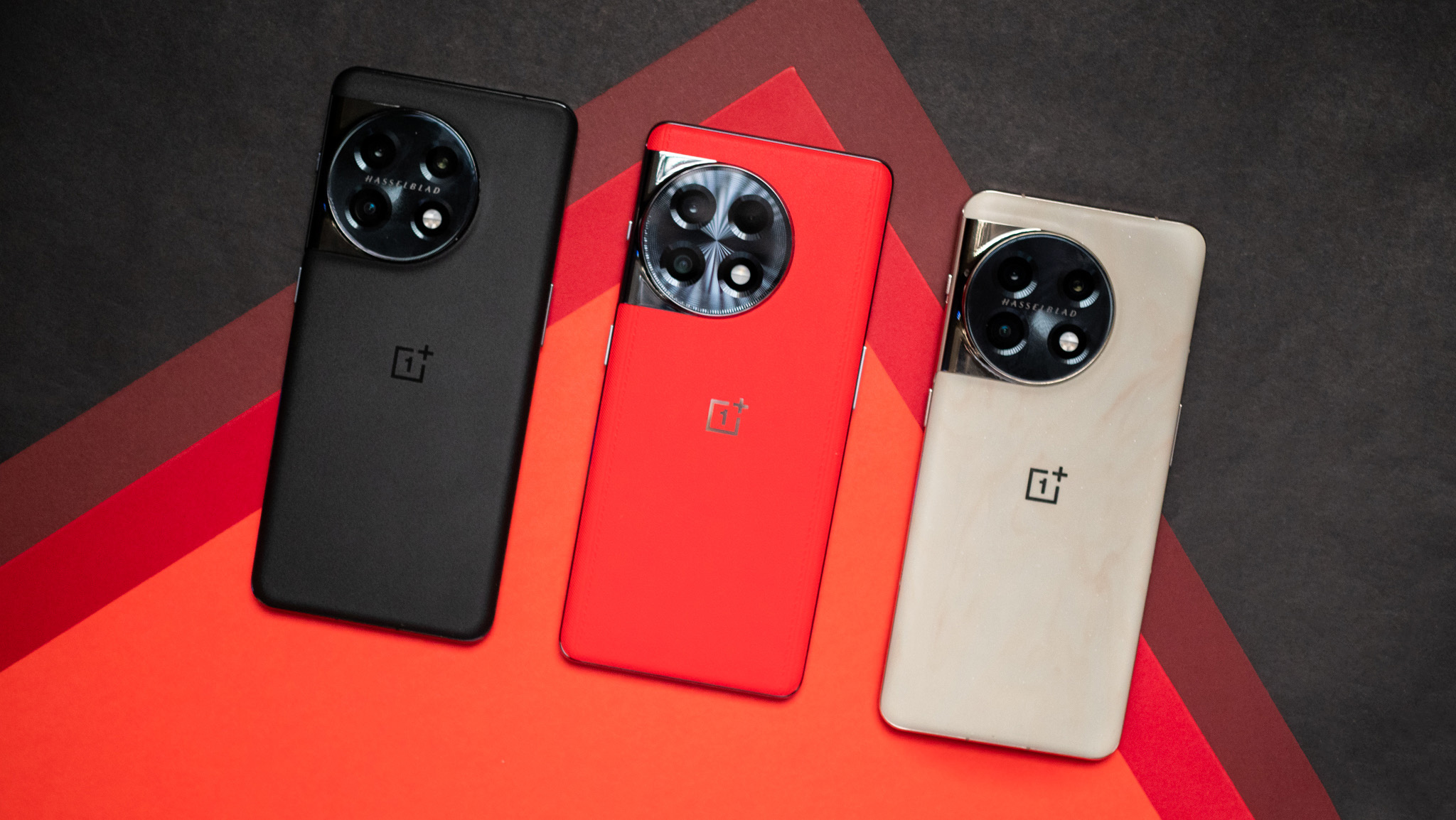
So what are your choices if you want to buy a phone in India? Your best bet is to look to Chinese manufacturers. OnePlus continues to be aggressive in India, and its products often cost the same (or less) than their U.S. counterparts. The OnePlus 11 debuted at ₹56,999, and that comes out to the equivalent of $684 — $15 less than what the phone costs in the U.S. Similarly, the OnePlus Open foldable is ₹1,39,990 ($1,679), and that's $20 less than what it is retailing for Stateside.
Xiaomi also does the same thing in the country, offering its flagships for a lot less than what they cost in other global markets. The Xiaomi 13 Pro is ₹74,999 ($899) in India, and the same phone costs £1,099 ($1,385) in the U.K. Vivo's X90 Pro is also a good choice to consider, with the phone offering incredible cameras and powerful hardware for ₹72,900 ($875).
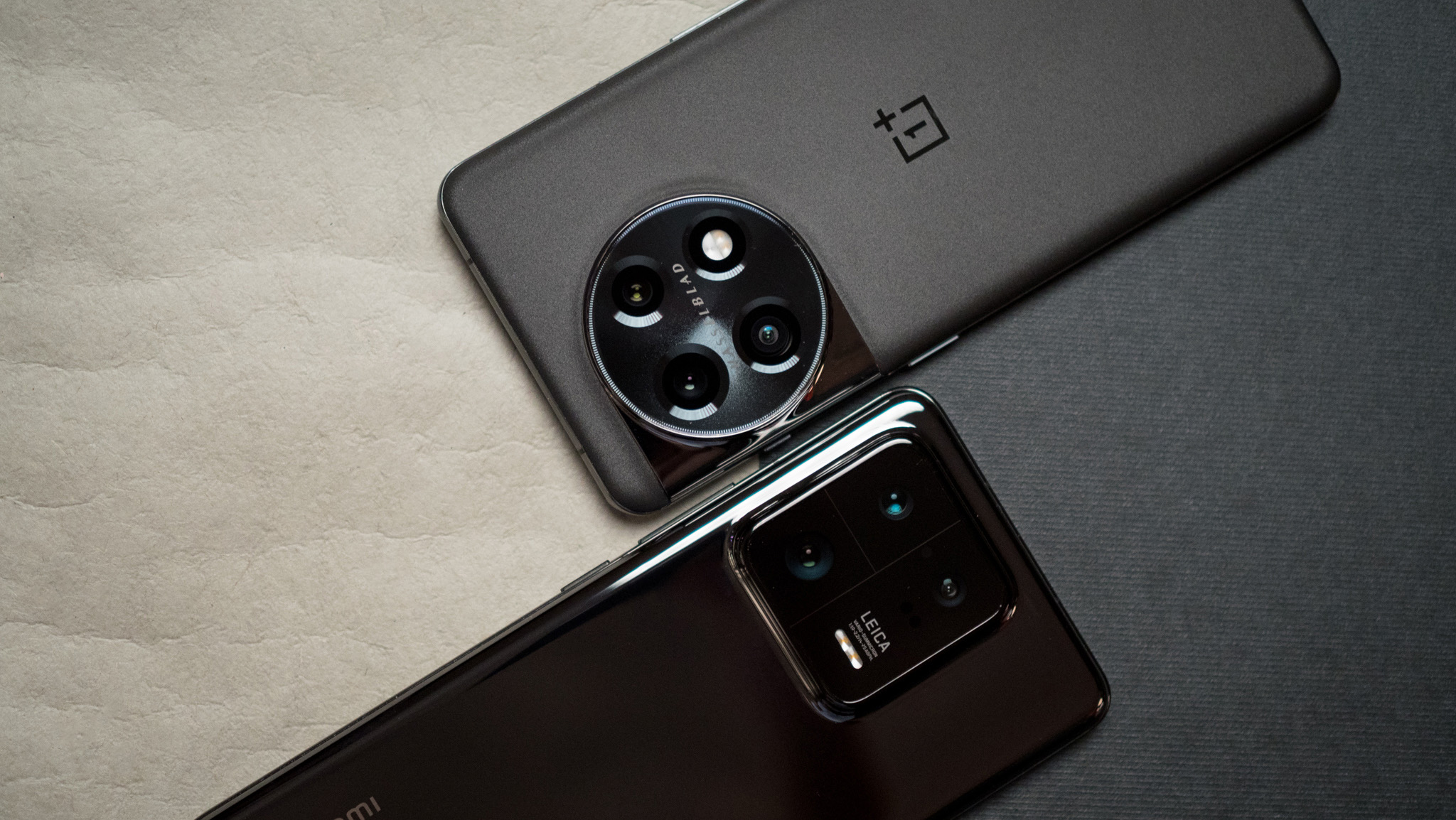
Because Xiaomi needs to be aggressive or risk losing out to its Chinese rivals, it doesn't bring all of its devices to India. The Xiaomi 13T series never debuted in the region, nor did the 12T and 12T Pro last year. The Xiaomi 13 Ultra similarly didn't show up in the country, and that was a letdown considering it would have sold relatively well. In a similar vein, the Xiaomi 13 and 13 Lite didn't debut in the region.
Ultimately, devices like the Xiaomi 13 Pro and Vivo X90 Pro do a great job delivering the latest cameras and hardware innovations at a lower price point, and you're not missing out on much by going with these devices in lieu of Samsung. While the S23 Ultra has a lot going for it, Samsung's software is no better, and you get plenty of bloatware and annoying ads in One UI — not ideal when you're paying such a high premium.
There's also a case to be made that you don't need to spend that much to get a great phone. If I had to buy a phone with my own money right now, I'd just get the Pixel 7a. It costs ₹39,999 ($480), and you get reliable hardware, a good OLED panel, terrific cameras, and a clean software with fast updates. Sure, it misses out on 120Hz refresh, and it isn't as nice to hold and use. But on the whole, you're getting most of the features that are available on Google's flagships, and you don't have to pay anywhere as much.

The Pixel 7a is the phone I'd get if I had to buy a phone right now. It has a good design, stellar cameras, clean software, and holds up incredibly well in daily use.

Harish Jonnalagadda is Android Central's Senior Editor overseeing mobile coverage. In his current role, he leads the site's coverage of Chinese phone brands, networking products, and AV gear. He has been testing phones for over a decade, and has extensive experience in mobile hardware and the global semiconductor industry. Contact him on Twitter at @chunkynerd.
-
Stanley Kubrick I think we can all agree that phone pricing HAS BEEN out of hand EVERYWHERE for several years now! This in turn causes many people to hold on to their phones longer which "should" lower prices...you know supply-and-demand! However, due to the nature of capitalism and GREED just the opposite is happening. Because the OEM's are selling fewer phones they are RAISING the prices so as to keep their yearly revenue up! It is backwards and hurts everyone.Reply
